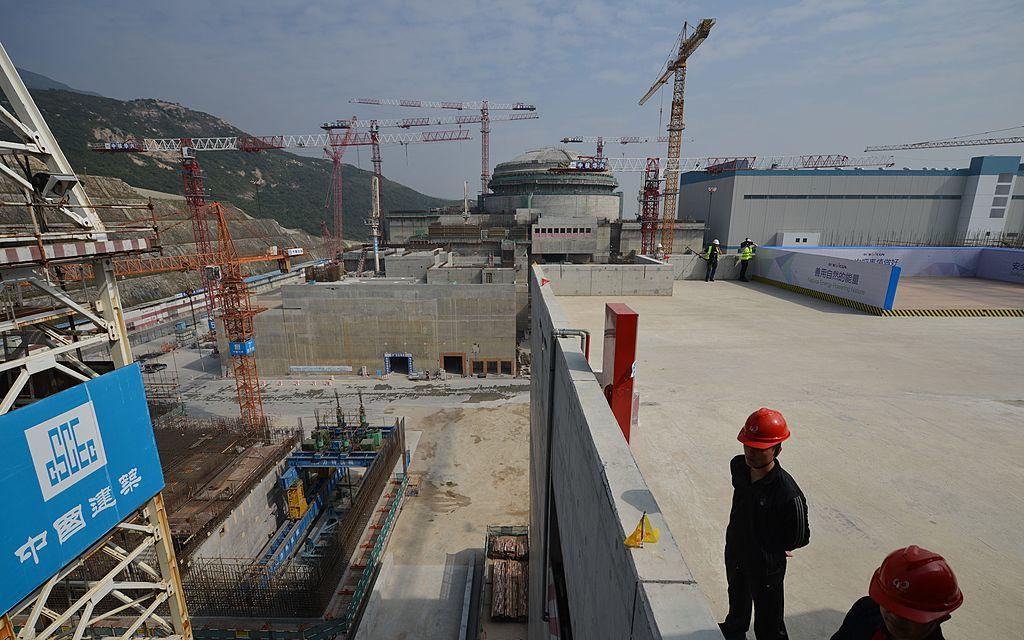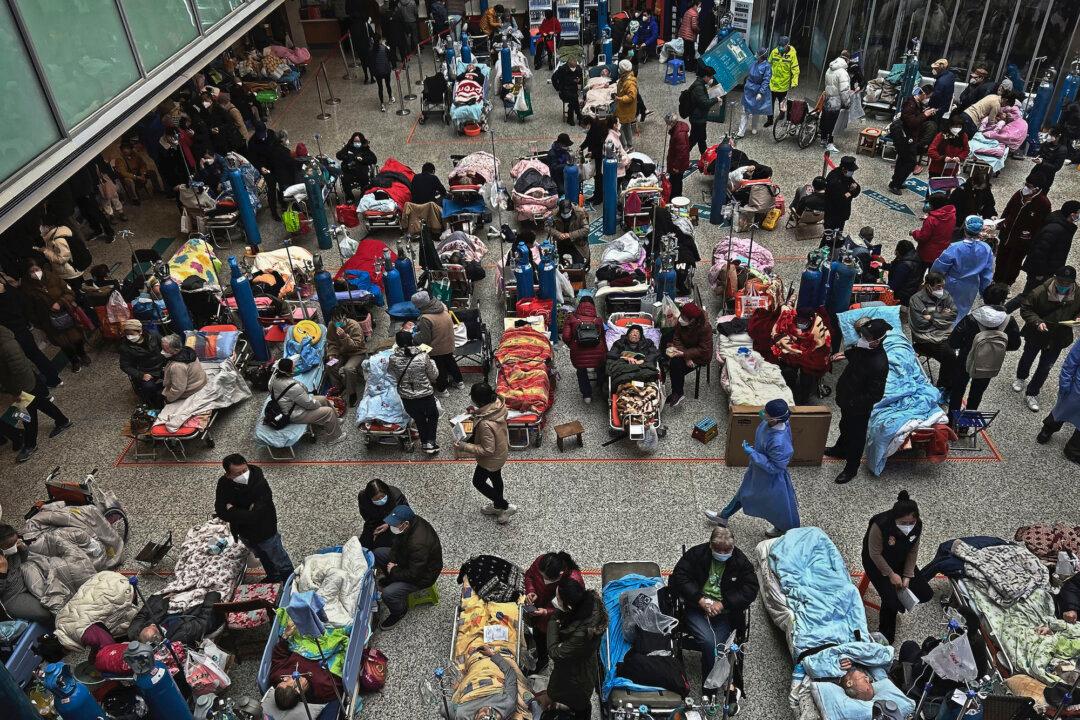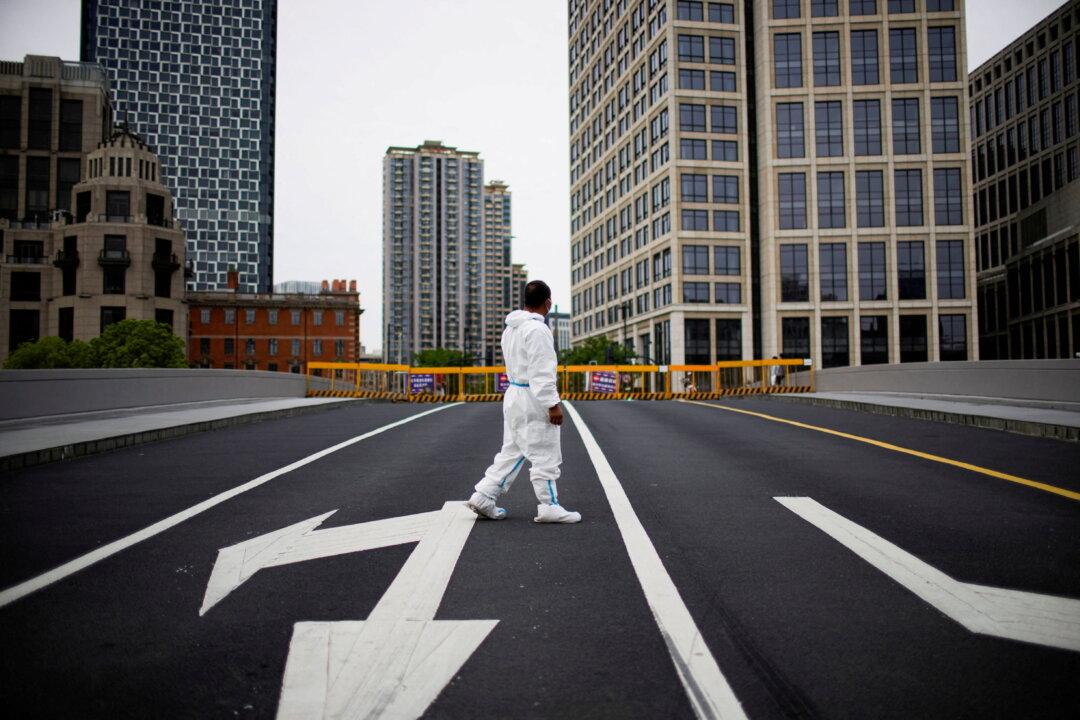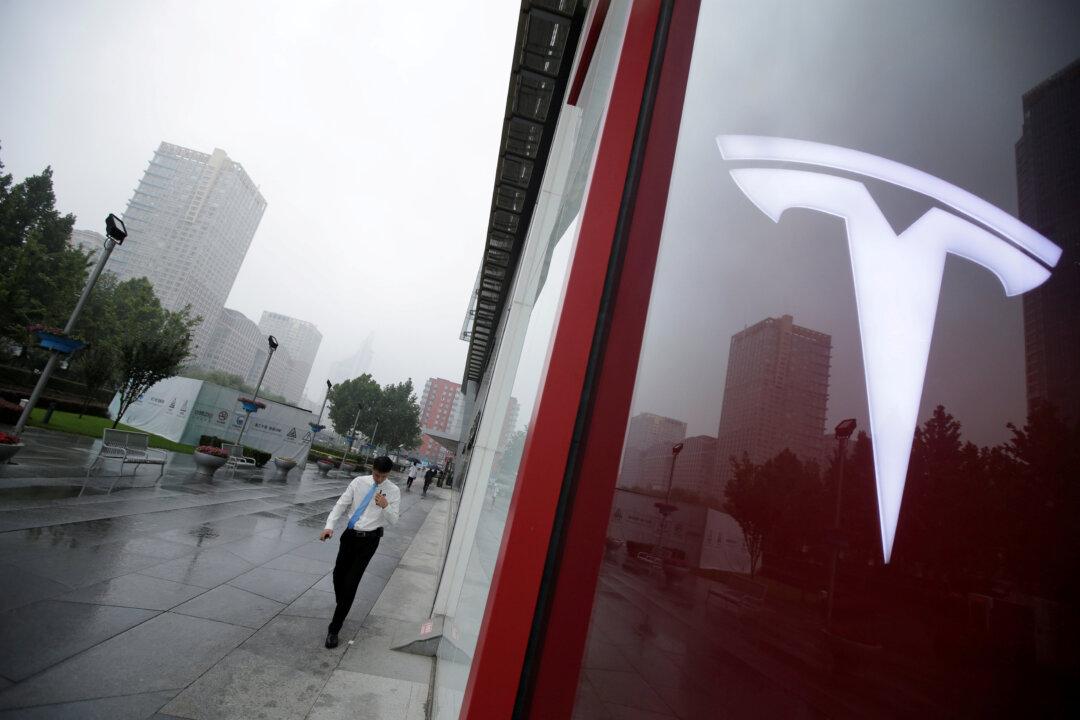Although the Chinese authorities recently denied leaks at a nuclear power plant, China’s ambitious “nuclear power dream” needs urgent global attention, according to Chinese scholar and energy expert Nieh Sen. The Chinese regime continues to ignore safety issues while it fulfills its dream in becoming the top nuclear energy producer in the world, he warned.
On June 14, CNN reported a leak at the Taishan Nuclear Power Plant in Guangdong Province. The French company Framatome, which partly owns and operates the nuclear plant, allegedly warned the Chinese safety authorities about an “imminent radiological threat” and accused them of “raising the acceptable limits for radiation detection” outside the plant so it wouldn’t be shut down, according to documents obtained by CNN. The U.S. government is currently assessing the situation.




